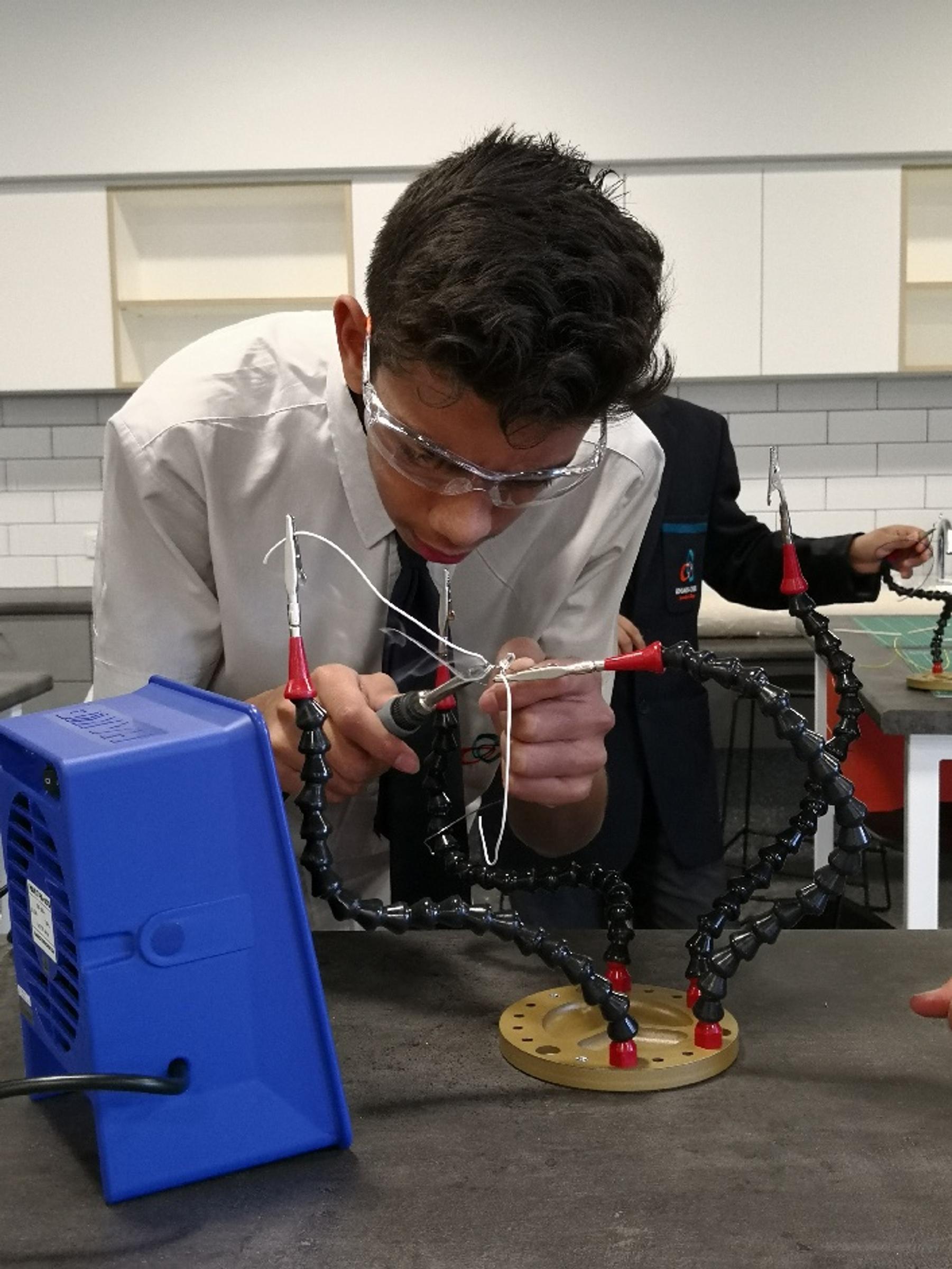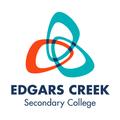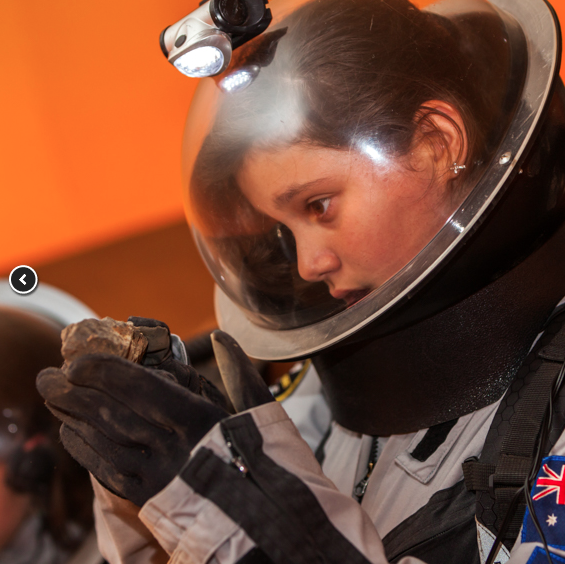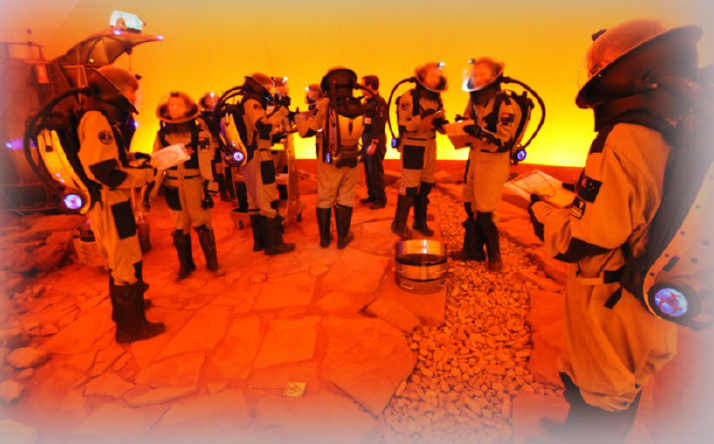Space & STEM

Victorian Space Science Education Centre
Year 7 & 8 students will all have the opportunity to attend the Victorian Space Science Education Centre (VSSEC) in Term 3, to experience 3 very engaging and educationally rewarding programs. Our year 7 students will attend the VSSEC in the second week of term 3, the students will all have the opportunity to participate in two STEM activities Stars for your Life and Tickle my Droid.
The Stars in Your Life - Your place in the universe and you
Our year 7 students will discover their location in the Milky Way and the Virgo Supercluster of galaxies. They consider the possible fate of the Sun and the origin of the elements from which the stars are made.
Our Students will use the VSSEC online game Star Search to gather data from stars and construct a Hertzsprung Russell Diagram. From the HR diagram they develop an understanding of the origins and the life cycles of stars. They use the Atlas of the Universe web site to locate themselves in the Milky Way Galaxy, the Virgo Supercluster and the universe. They consider the fate of the Sun and the possible destinies for stars. They are introduced to neutron stars, supernovae, planetary nebulae and black holes. Emphasis is placed on developing a feel for the universe as a dynamic, turbulent place, 13.5 billion years old.
Emphasis is placed on developing a feel for the universe as a dynamic, turbulent place, 13.5 billion years old.
Tickle My Droid - Skills that go beyond coding
Our year 7 students will also have the opportunity to spend the second half of the day learn skills in computational thinking using Tickle (a computer language based on Scratch by MIT) and Sphero/BB8 robots. They will work in groups to analyse a problem, design a solution and evaluate their success. Students discover their location in the Milky Way and the Virgo Supercluster of galaxies. They consider the possible fate of the Sun and the origin of the elements from which the stars are made. Students use the VSSEC online game Star Search to gather data from stars and construct a Hertzsprung Russell Diagram. From the HR diagram they develop an understanding of the origins and the life cycles of stars. They use the Atlas of the Universe web site to locate themselves in the Milky Way Galaxy, the Virgo Supercluster and the universe. They consider the fate of the Sun and the possible destinies for stars. They are introduced to neutron stars, supernovae, planetary nebulae and black holes. Emphasis is placed on developing a feel for the universe as a dynamic, turbulent place, 13.5 billion years old.
These units reflects the new Digital Curriculum in Victoria which is at forefront of STEM in schools.
Year 8s Mission to Mars - A memorable hands-on, minds-on science experience for our year 8 students.
The school is very excited to announce that we have secured 75 places to participate in the VSSEC – Mission to Mars program. Mission to Mars is a full-day, scenario-based program designed for Years 8. Our Students work as a team and use their problem-solving skills to successfully complete a geological survey of the Mars surface. All students act as astronauts, mission controllers and research scientists.
Mission Control officers communicate via radio to the astronauts on the surface, and are responsible for their safety and the success of the scientific mission.
Astronauts wear specially-designed spacesuits, collect their equipment, depressurise in the airlock, and step out onto the Martian surface. They collect real soil and rock samples, drill an ice core, conduct a thermal survey and measure seismic activity.
After returning to Earth, the students analyse their samples and undertake further scientific investigations in the laboratory.
The program is supported by a pre-mission training package, which our students will complete in the first week of term 3 prior to attending program.


